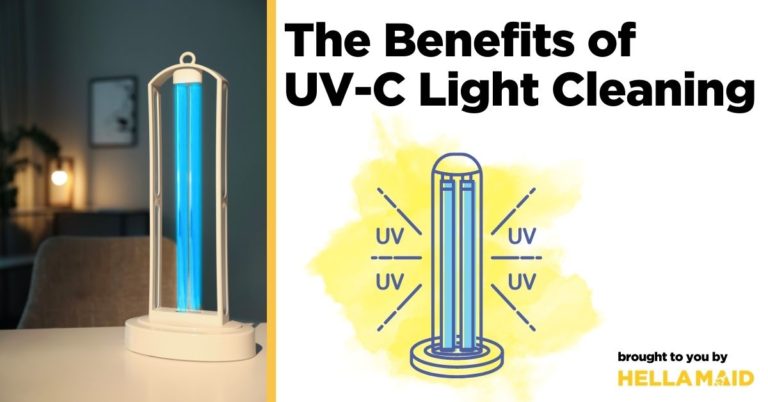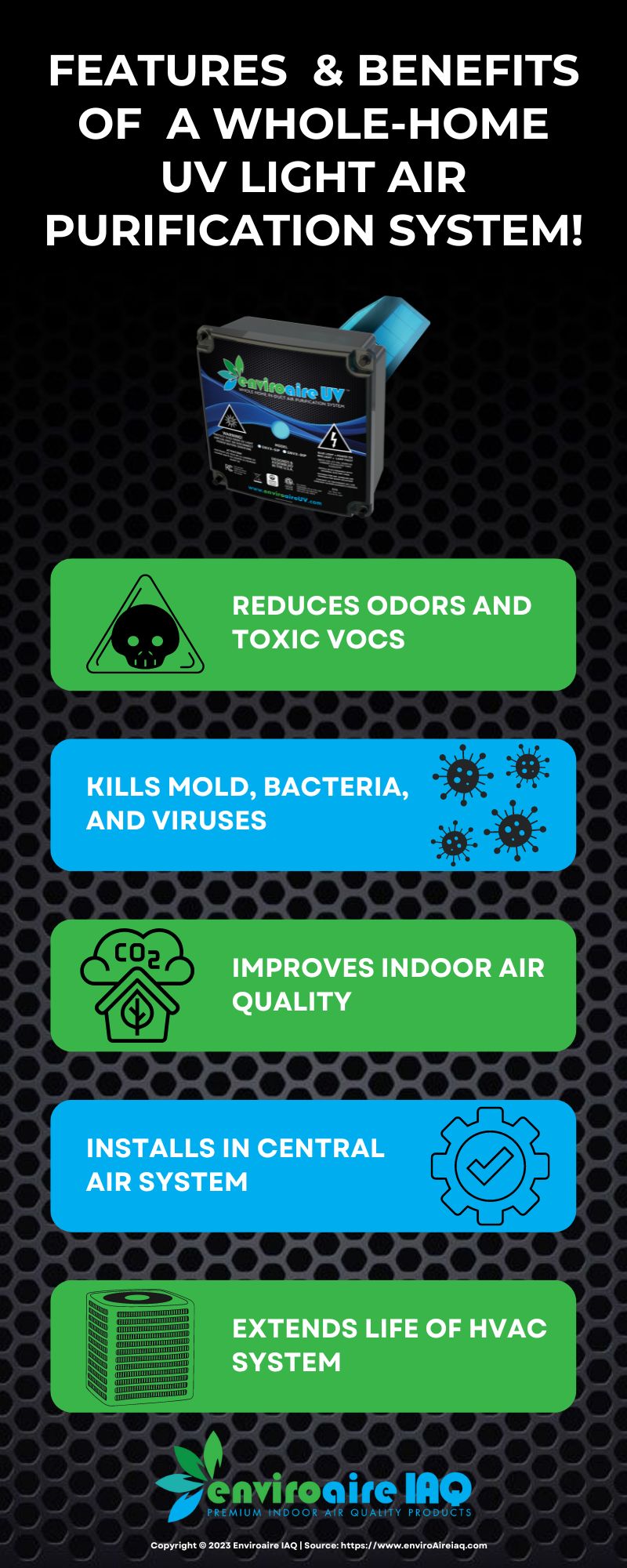About Uvc Light
More About Uvc Light
Table of ContentsNot known Facts About Uvc LightThe Definitive Guide for Uvc LightUvc Light Fundamentals Explained10 Simple Techniques For Uvc LightMore About Uvc LightThings about Uvc Light
A new sort of ultraviolet light that may be safe for people took much less than 5 mins to lower the degree of indoor airborne germs by even more than 98%, a joint research by scientists at Columbia College Vagelos University of Physicians and Surgeons and in the U.K. has found. Also as microorganisms remained to be splashed into the room, the level remained really low as long as the lights got on.Until currently these studies had actually only been conducted in small speculative chambers, not in full-sized rooms mimicking real-world problems. In the present research study, scientists at the University of St. Andrews, College of Dundee, College of Leeds, and Columbia College checked the effectiveness of far-UVC light in a big room-sized chamber with the same ventilation price as a typical office or home (regarding 3 air adjustments per hour).
The efficacy of various strategies to lowering indoor virus degrees is typically gauged in terms of equivalent air adjustments per hour. In this research study, far-UVC lights created the matching of 184 equal air exchanges per hour. This goes beyond any kind of various other technique to sanitizing busy indoor areas, where five to 20 equivalent air modifications per hour is the very best that can be achieved virtually.
Some Known Details About Uvc Light

The main parameters of UV-C disinfection are wavelength, dosage, loved one humidity, and temperature. There is no consensus regarding their optimum worths, however, generally, light at a high dosage and a spectrum of wavelengths having 260 nm is preferred in an atmosphere at room temperature level with reduced family member moisture. This light can be created by mercury-vapour, light-emitting diode (LED), pulsed-xenon, or excimer lamps.
UV-C sanitation systems have appealing attributes and the potential to boost in the future. UV-C disinfection need to currently be thought about for low-level instead than top-level disinfection.
Another application arose in 1910 when UV light was made use of to decontaminate water. The innovation was not very trustworthy at the time and it took even more technical advancements prior to UV water sanitation ended up being popular once more in the 1950s [ 2] Nowadays, UV light is made use of for water, air, food, surface area, and clinical tools sanitation.
All about Uvc Light
DNA, RNA, or healthy proteins of a micro-organism absorb UV light, with a peak absorbance around 260 nm [6] This leads to the disruption of DNA or RNA, leading to the inactivation of the micro-organism. UV-C-induced DNA disturbance commonly contains the bonding of two neighbouring thymine (or cytosine) bases rather of the standard connecting of a base with its corresponding base on the other strand.

The UV-C area is utilized for disinfection but there is no consensus on the precise ideal wavelength. Light at 260 nm can trigger the most disturbance. Different micro-organisms are most susceptible to slightly different wavelengths.
Uvc Light - An Overview
On the various other hand, it has technical effects because the total power of the light beam of light is then divided over all present wavelengths. A micro-organism that is susceptible to 254 nm light will be suspended extra by a light that produces entirely light at 254 nm than a light that produces a wavelength range at equal complete power.
Direct exposure times of 1045 minutes for area disinfection and 25 s to 5 min for medical devices were run into in literary works. The intensity is vice versa symmetrical to the settled range in between the light and the surface area and is therefore defined at the surface area in the dose estimation formula [14]
Better, the output of a lamp lowers gradually, so it is recommended to determine the dosage at the end of lamp life, which is agent of a worst-case scenario. The dosage likewise influences the quantity of photoreactivation. Quek et al. discovered that the portion of photoreactivation lowered from 5.31% to 0% for important link a boost in dosage from 1.6 to 19.7 mJ/cm2 [8]
Zhang et al. observed a modification in UV irradiance of 34% when the RH boosted from 50% to 90% [18] The quantity of RH influence on UV performance depends on the existing micro-organism and is extra obvious for germs than for viruses [16] Last but not least, the influence of temperature level relies on the source of light.
A Biased View of Uvc Light


This is called much UV-C innovation and is a fairly new sanitation technique with minimal understanding concerning its performance. This makes it riskier to totally rely upon this technology for disinfection in the healthcare facility and it is for that reason not extensively made use of [21] However, it additionally has advantages such as a minimized risk for use near people due to a lower penetration deepness into the skin and eyes [ 26]
In research study, the results on pulsed versus continuous UV-C disinfection efficiency vary. When contrasting pulsed and continuous light it is essential to maintain other variables such as wavelength and dosage constant.
Uvc Light Can Be Fun For Anyone
In instance ozone is not required for sanitation, a modified lamp can be made use of. For mercury-vapour lights, doped quartz glass or Click This Link specialized soft glass can remove short-wave UV-C light. For pulsed-xenon, drugged quartz can be used also [30] UV-C has encouraging features for sanitation such as automatic sanitation, being much less lengthy than extensively made use of manual or chemical disinfections, leaving no dangerous residuals, and being environmentally pleasant (if no mercury-vapour lamps are utilized) [31,32]